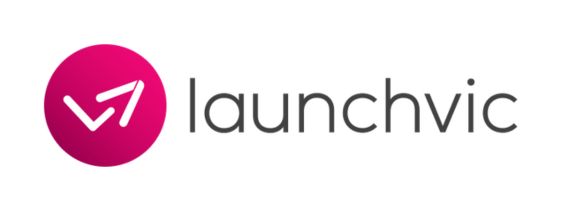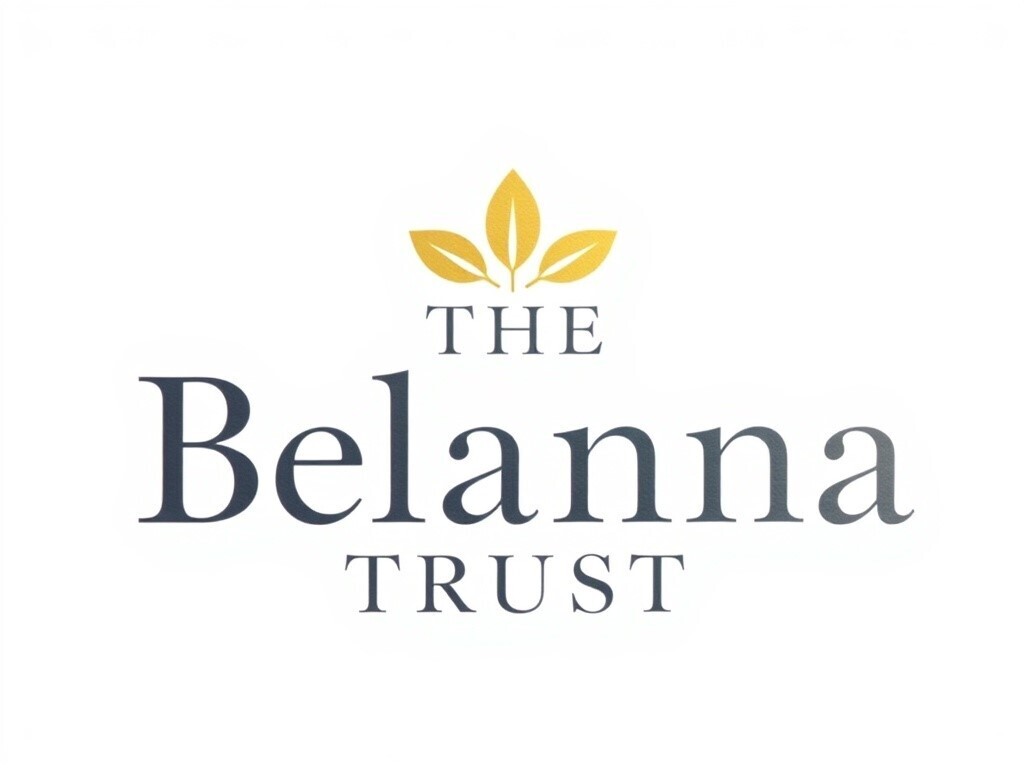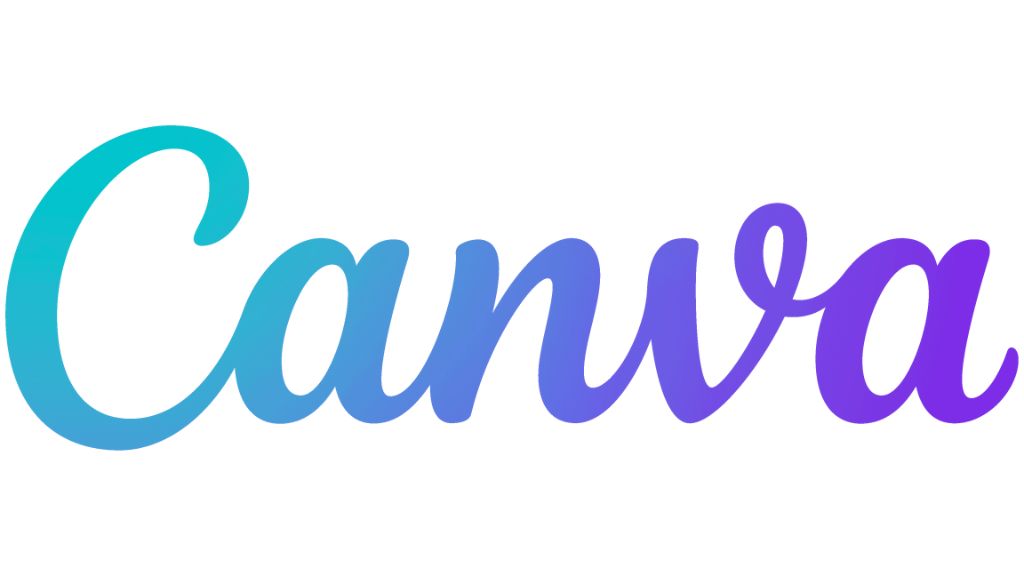.png)
Image Gallery
TRANSCRIPT[0:00 – 0:16] VivWelcome back.
We’re here for Season 2 of Remarkable Insights. I’m your host, Viv Mullan, and I couldn’t be more excited to be here.If this happens to be your first time entering the Remarkable Insights world, I reckon you should go back and check out Season one. It was a brilliant lineup of guests and this season we also have another incredible lineup, or Remarkable lineup you might say, of guests who are gonna join me from around the world to talk about all things disability and how that drives innovation.Today we’re also pretty pumped because not only is it the first episode of Season 2, it is also Global Accessibility Awareness Day or GAAD, and to make it an even greater celebration, we are gonna be joined by Head of Accessibility at LinkedIn and co-founder of GAAD Jennison Asuncion.Jennison, I’m so happy to have you here! To start off, what I would love to know is we ask our guests to come on and share a visual description of their setting and themselves, and I would love to know if that’s something that you would like to do as well as if that kind of exercise is helpful for you.[00:01:07] JennisonSo as someone who’s been completely blind since, almost since birth, I’ve developed my own kind of visual affordances in my head.I’ve been going to see movies since I was very young. Through audio cues and such, I’ve managed to mostly, not always, but mostly figure out what’s going on. And then the occasions that I couldn’t I just ask if I’m with someone, I ask them ‘what, what’s going on?’ So from that perspective, when I’m sitting in a session or listening to a presentation, I honestly, for me personally, it doesn’t matter what the person looks like. I’m there really to learn what they have to say. If their appearance, has something to do with what they’re gonna be talking about. Then it might be interesting for them to mention it as part of their regular speech, but I again, personally don’t find it necessary for myself to have a visual description.[00:02:09] VivI love that insight. Thank you Jennison![00:02:11] JennisonAbsolutely. And I totally could see, (pardon the pun), how my peers who may have lost their vision later in life, or who may have like myself, lost their vision closer to birth, how they might appreciate those visual descriptions a lot more. I acknowledge that like mine is just an opinion. So I do want to go on record as saying totally get it. Because I know that this has been a topic, at least here in North America on social media that I’ve certainly engaged in this whole visual descriptions. I think what’s nice is and as you did it Viv, is you invited me to provide a visual description if I wished to, as opposed to mandating it for people to do it because some people might just be uncomfortable describing themselves or they might not know how much or how little to describe, or they may frankly be like me, who is completely blind, who honestly doesn’t know what colour my shirt is. So it wouldn’t be a full description if I couldn’t at least give the colour of my shirt.[00:03:21] VivThat’s such a good point, Jennison. And thank you. Thank you so much for that. First question, how do you go about actually founding a day like ‘Global Accessibility Awareness Day’?[00:03:35] JennisonYou have to be unconventional like me and be totally like, ‘oh, sure let’s do this crazy idea!’. Back in 2011 it was a Saturday. I happened to be home, which was a little different from my usual, usually being out and about on a Saturday night and I was just randomly trolling Twitter as one does, or as one did maybe back then, and I came upon a tweet that said something like, ‘accessibility needs to go mainstream now’, I was like, oh, this is interesting. So I activated the link and it was a blog post by someone I didn’t know at the time named Joe Devon, who was then a developer, web developer in Los Angeles, so I was in Toronto at the time, and he basically wrote this blog and it was essentially a rant talking about how developers know nothing about accessibility. They don’t even know that people who are blind to use screen readers and that there needs to be a day that developers spend learning about accessibility there’s something to that effect. And I was like, ‘This is amazing, this is exactly the kind of stuff that I’ve been interested in’ so I just responded on the blog post, again, I didn’t know Joe at the time. But I just responded and essentially said, ‘Hey if this is something you’re really interested in doing I’ve been doing this and that, let’s chat’. And we finally figured out time to hop on the phone to talk. We are both over committed as it was then and as is now. Between his connections in the mainstream tech community and my growing connections within the accessibility community, we said, ‘let’s do it’. We chose a random date, and then he and I went about just contacting our friends and contacts in the community. I contacted my friends in the accessibility community, just said, ‘Hey, we’re planning to do this day Global Accessibility Awareness Day. Would you be willing to just do something on May 9th, 2012?’ And so it was, that was the beginning. And here we are 12 years later and we’ve now moved to the third Thursday of May. But that’s essentially, that’s how at least GAAD came to be.[00:05:56] VivAnd what is the exact mission of this day? And maybe what are some of the success stories that you’ve heard as a result of it?[00:06:04] JennisonIt’s a day that we ask people to dedicate time to learn about, to experience or to discuss some form of digital access and inclusion for people with different disabilities or impairments. So it’s very broad. People always ask ‘ what’s your theme this year?’, We don’t have a theme. We just have that idea of just spending that day thinking about experiencing, doing something about digital access or inclusion. It could be running a campaign, it could be running a meetup, it could be grabbing a coffee or an adult beverage with a colleague of yours and just saying, and just talking about, ‘Hey what are you working on these days?’ And ‘ what are you doing to make that app accessible?’ Or ‘what are you doing to make that website accessible’ or anything to do with that. So it’s very broad. It’s very open, and we’ve seen people do all kinds of things with it. We’ve seen people use the day to launch a product, an accessibility product, use the day to spend the entire day just educating their company on what they’re doing around accessibility. Some have made the whole month, ‘Global Accessibility Awareness Month’. Some people are doing a week some people just for scheduling or other reasons might move the day a little bit maybe by a day, a few days or a week or whatnot. But the idea is just to celebrate, to discuss digital access or inclusion and to galvanize this around this concept of GAAD. And if people wanna learn more you can go to accessibility.day and you can actually read the blog post that Joe wrote and that I responded to there.[00:07:47] VivSo much going on Jennison. That has evolved into such a tremendous ongoing celebration outside of just one day. Who would’ve thought? Just one blog post![00:07:58] JennisonAbsolutely. One blog post and again, it was so coincidental that I saw the tweet when I did because had I gone out that Saturday night, I might not have seen it right away or at all. And yeah it’s all about mainstreaming it and making it fun, making it interesting and just like mainstreaming it and making it more comfortable for people to think about it, because part of it as I mentioned before a lot of people just have not had the experience of interacting with someone with a disability. So there’s a little bit of discomfort even thinking about it. And then the other thing is, When people are developing products, they usually are thinking of themselves. That’s what I’ve heard. People usually design products that they would want to use. So again, unless they have their own lived experience of having a disability or impairment, they’re not gonna necessarily think about it.I think that’s just fine as long as they’re willing to learn and hop on the bandwagon because as soon as you learn and as soon as you know about accessibility and inclusion on the digital side, you have no excuse. You can’t plead ignorance anymore. So then the action is yours.[00:09:08] VivWe’ve seen such an evolution in accessibility and inclusive design and universal design. Why do you think things like GAAD and the GAAD pledge and foundation are still needed to get through to mainstream technology?[00:09:23] JennisonThanks for asking because I hear this a lot, because I hear some of my colleagues who work in accessibility who get frustrated because they feel like they’re explaining stuff that they were explaining like 8 to 10 years ago, like putting in an alternative text description in an image. The reality is outside of our bubble, most people in the main have never interacted with someone with a disability or impairment. And I know that might be shocking to some people, particularly those of us who live and breathe this work but that’s the reality. We are not teaching accessibility for a large part in college, university in high school. Although people with disabilities are still the largest minority in the world, most people in their day-to-day lives are not interacting with folks with disabilities or impairments. So as more and more people are learning about it and as disability is becoming more mainstream, and I wanna acknowledge that, absolutely we’re seeing a lot more people with disabilities represented in the media. We have people like Richard Branson who’s come out publicly as saying he’s someone who is dyslexic. Things are changing slowly, but the keyword there is slowly. I’d like to think that events like GAAD one day it might not be necessary, but unless or until disability and accessibility are part of the everyday conversation that people are having at their dinner table. We see more people with disabilities in the mainstream media that we see more people with disabilities as leaders. Until we have all of that happening, there’s gonna still be a lot of work to do.[00:11:11] VivHey, it’s Viv again. What an awesome way to start Season two, chatting all things Global Accessibility Awareness Day with one of the founders Jennison. He’s a pretty amazing guy and there is so much more to the work he’s done outside of GAAD, especially including he’s heading accessibility at LinkedIn. Which is what we’re gonna dive into in the next episode, which I reckon you should all tune into.[00:11:32] JennisonSo if you would’ve told the holder of a Bachelor’s in Political Science that I would one day end up in Silicon Valley as ‘Head of Accessibility, Engineering, Evangelism at LinkedIn’. I would’ve said, ‘What are you drinking? Because I want a glass of it’.[00:11:48] VivMake sure you subscribe, follow us on Instagram, and we’ll see you on the next ep!Learn more about GAAD at, https://accessibility.day/ Follow Jennison on LinkedIn and for more updates on what is happening with Remarkable follow our socials!



.png)
.jpg)





%20(1).png)










